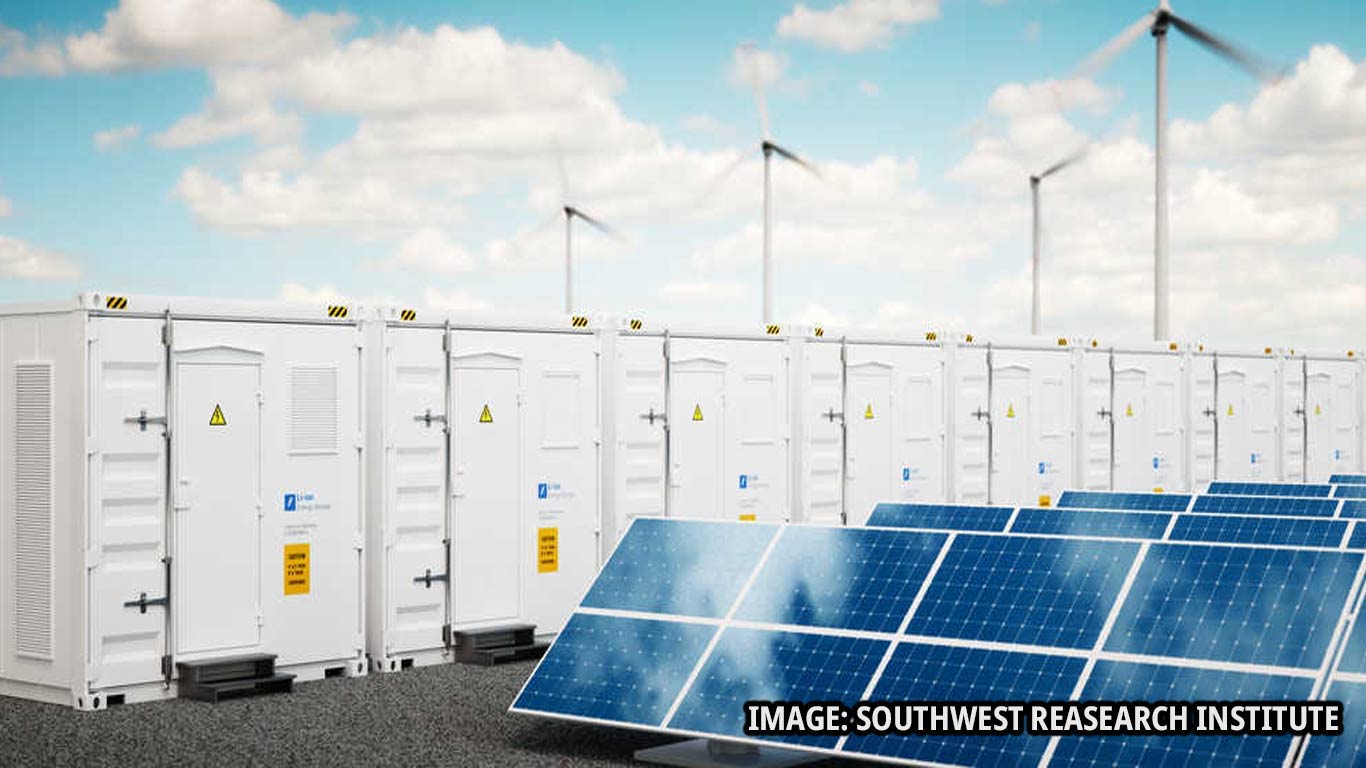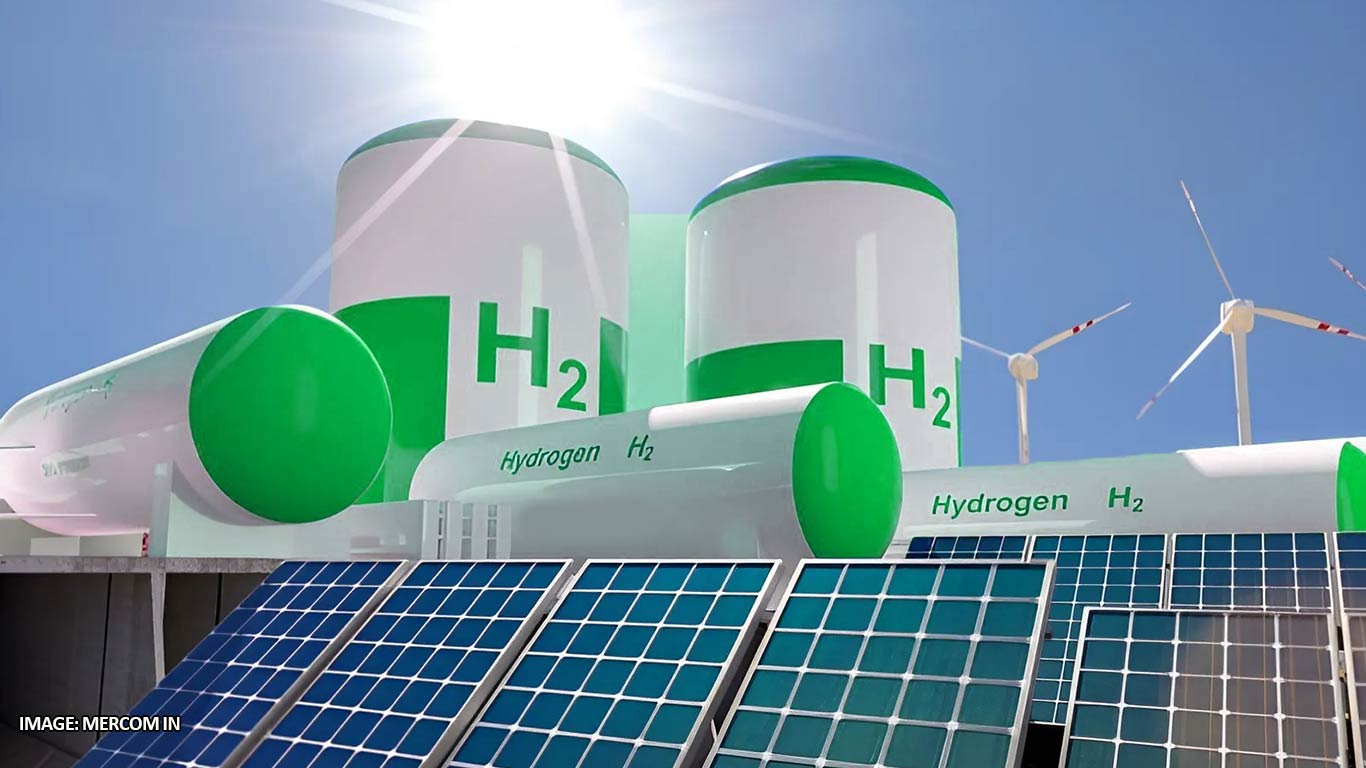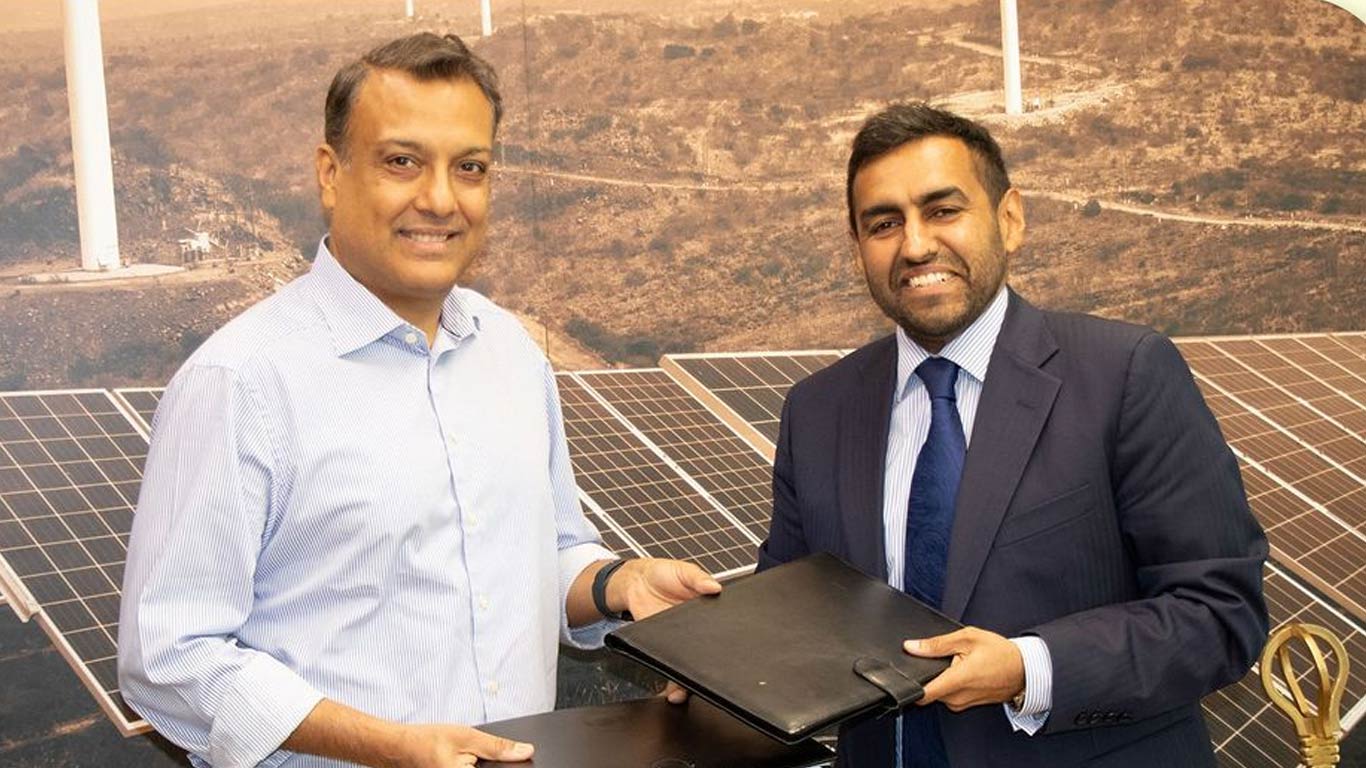India's Energy Landscape Set To Transform With Solar PV & Battery Storage: IEA
Updated: Apr 30, 2024 03:59:57pm

India's Energy Landscape Set To Transform With Solar PV & Battery Storage: IEA
New Delhi, Apr 30 (KNN) According to a report by the International Energy Agency (IEA), India is poised to become the world's third-largest market for utility-scale batteries by 2030, with capacity additions projected to skyrocket to nearly 9 GW over the next seven years.
This remarkable growth is fuelled by cost reductions and the government's ambitious targets for renewable energy integration.
The report highlights that the combination of solar photovoltaic (PV) and battery storage systems is already more cost-competitive than coal-fired power generation in India, a trend expected to continue.
As the country's solar PV capacity surges, the need for short-term flexibility will increase, boosting the utility of energy storage solutions.
The Indian government has also mandated that wind and solar PV projects incorporate at least 5 per cent of their installed capacity with storage capabilities.
This policy initiative underscores the nation's commitment to accelerating the transition towards a more sustainable and resilient energy landscape.
According to the IEA's projections, if India meets all its government-set targets on schedule, solar PV and battery storage will become the backbone of the country's power grid by 2050.
This transformative shift envisions batteries charging during peak solar hours and discharging during evening peak demand periods, enabling a more efficient and reliable energy supply.
Globally, the upfront costs of utility-scale battery storage with a four-hour duration are projected to plummet from a global average of USD 290/kWh in 2022 to USD 175/kWh in 2030, representing a substantial 40 per cent reduction.
Advancements in battery chemistry and manufacturing have led to a remarkable decline in average battery costs, dropping from a staggering USD 1,400/kWh in 2010 to under USD 140/kWh in 2023, one of the fastest cost declines for any energy technology.
This rapid cost reduction has been instrumental in accelerating the adoption of battery storage systems, paving the way for a more sustainable and resilient energy future.
(KNN Bureau)











